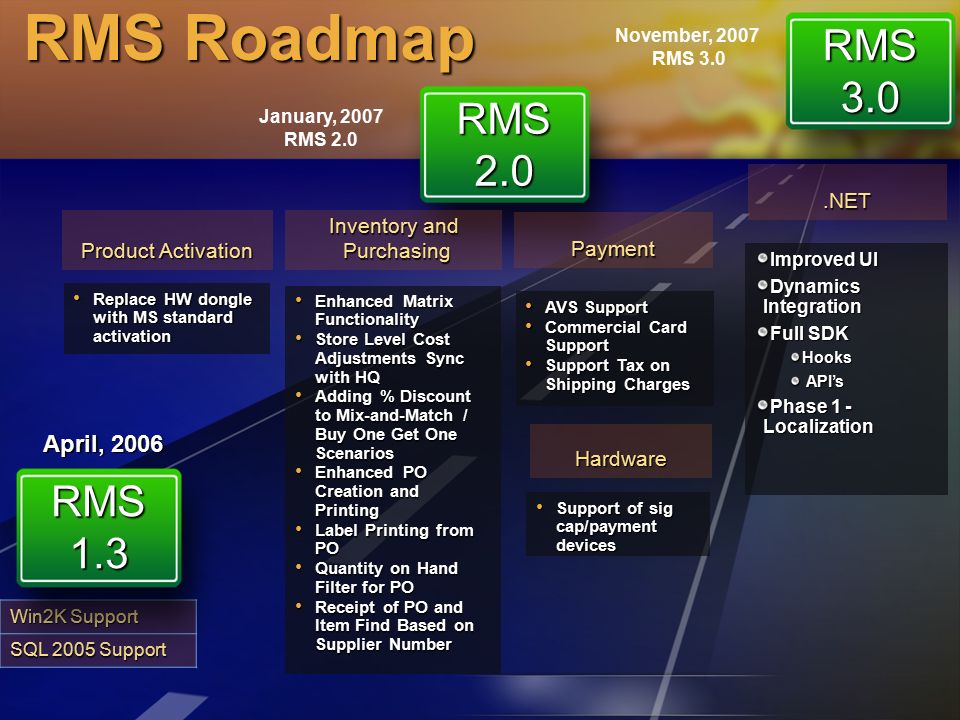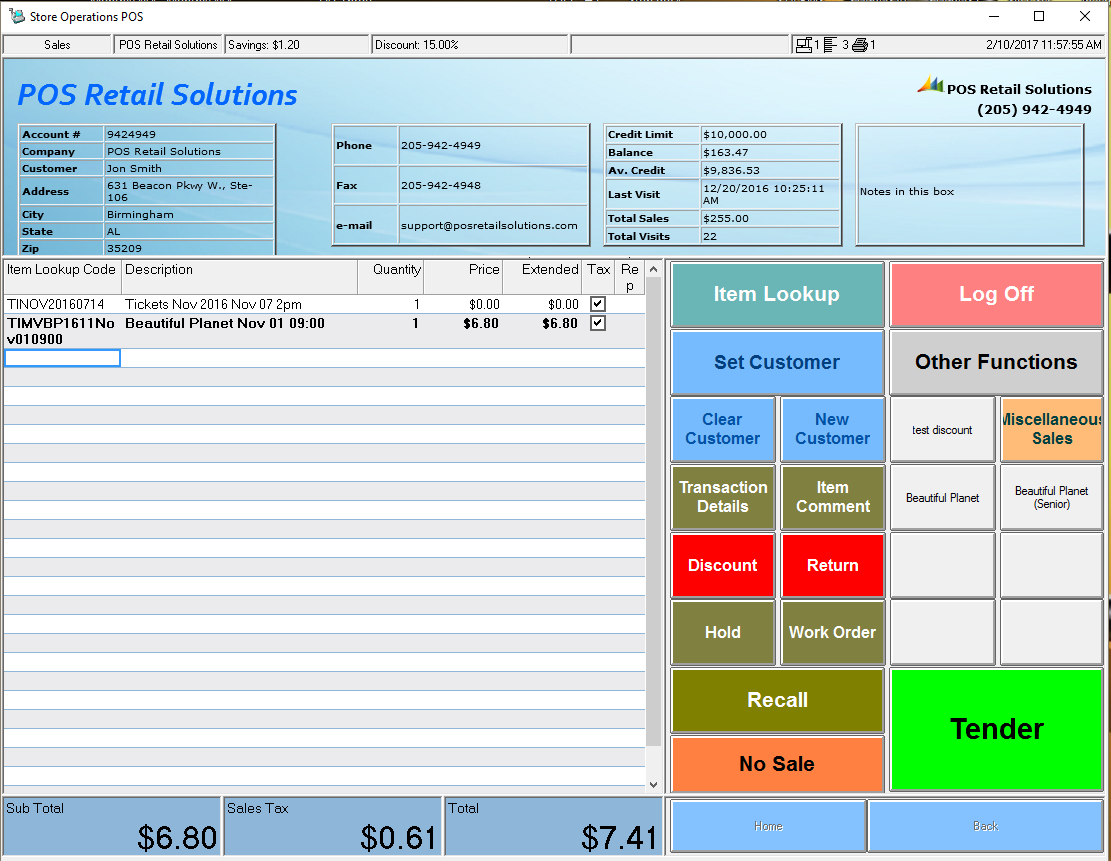

- #Microsoft dynamics rms sdk registration
- #Microsoft dynamics rms sdk software
- #Microsoft dynamics rms sdk code
(IOrganizationServiceFactory)serviceProvider.GetService(typeof(IOrganizationServiceFactory)) (IPluginExecutionContext)serviceProvider.GetService(typeof(IPluginExecutionContext)) Public void Execute(IServiceProvider serviceProvider) Public class AccountPluginClass : IPlugin
#Microsoft dynamics rms sdk code
Is the accountnumber The code should look like this: The if statement first checks the Account entity contains an accountnumber field and then enters a random number (look familiar?).
#Microsoft dynamics rms sdk software
#Microsoft dynamics rms sdk registration
The Plugin Registration Tool from the SDK is needed but the Plugin template for Visual Studio is not. Var linq = from a in orgContext.CreateQuery(“account”) String fetch = ecf = service.RetrieveMultiple(new FetchExpression(fetch)) QueryByAttribute qba = new QueryByAttribute(“account”) Įntit圜ollection ecqba = service.RetrieveMultiple(qba) Ĭonsole.WriteLine(acct.Attributes) Code for the query expression (QueryByAttribute)Ĭonsole.WriteLine(“=QueryByAttribute=”).Use the OrganizationService and OrganizationServiceContext classes to setup the service and orgContext objects.Inside the Main method, the CrmConnection class is used to connect to Dynamics CRM.In the code for Program.cs the using statements need to include the following:.Your References should look similar to this:.

In Solution Explorer, expand the References folder and add the and from the CRM SDK /bin folder.Create a new project and choose Console Application template.For this example, I wrote a simple Console Application in Visual Studio 2012. Using the late bound method, here is the same query results using QueryByAttribute, FetchXML and LINQ.


 0 kommentar(er)
0 kommentar(er)
